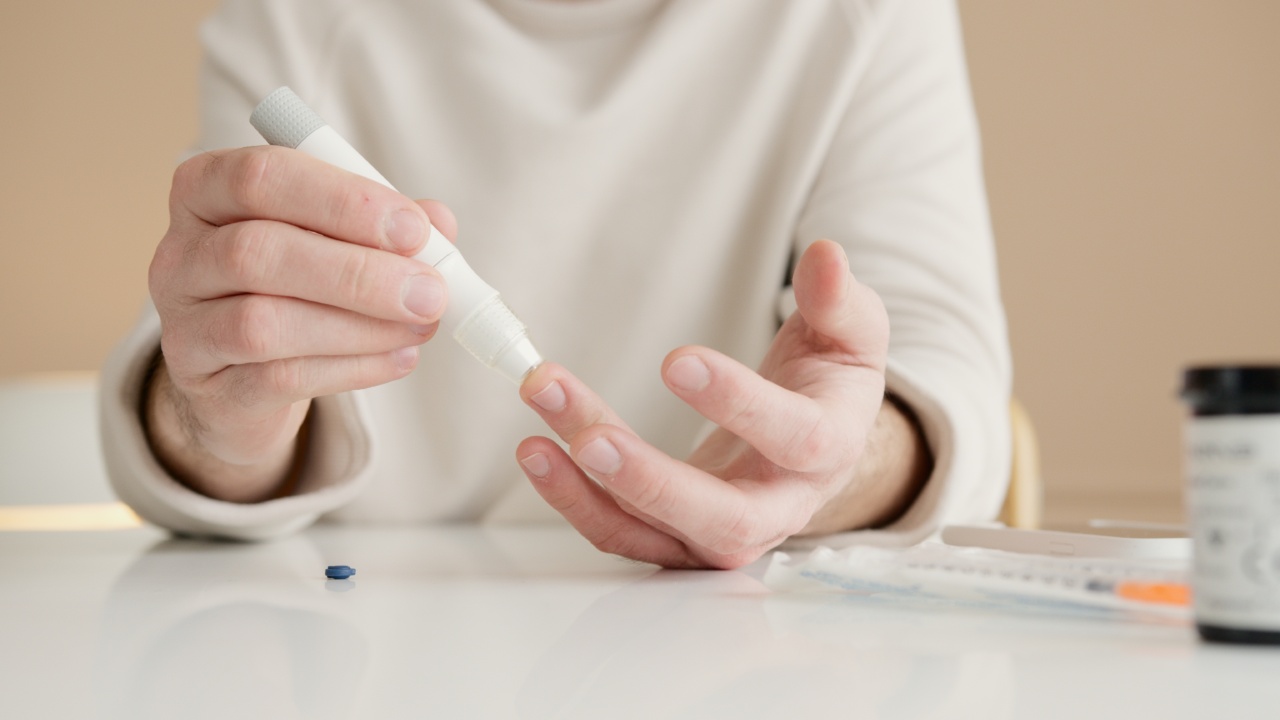Diabetic ulcers are a common complication of diabetes. According to the International Diabetes Federation, around 15% of diabetic patients will develop a foot ulcer at some point in their lives.
Diabetic ulcers can take a long time to heal, and in some cases, can lead to amputations. However, modern medicine has come up with a revolutionary treatment that involves stem cells and artificial skin that can help cure diabetic ulcers.
What are Diabetic Ulcers?
Diabetic ulcers are open sores that can develop on the feet or legs of people with diabetes. These ulcers are caused by poor blood circulation and nerve damage that occurs as a result of high blood sugar levels.
Diabetic ulcers can be extremely painful and if not treated properly can lead to serious complications, including amputation.
How are Diabetic Ulcers Treated?
Traditionally, diabetic ulcers have been treated with a multi-disciplinary approach that involves wound care, infection control, pressure relief on the affected area, and blood sugar level management.
The treatment can be lengthy, and patients may need to use crutches or even a wheelchair while the ulcers are healing. However, a new, revolutionary treatment is being used to help speed up the healing process and prevent complications.
Stem Cell Therapy for Diabetic Ulcers
Stem cell therapy involves harvesting stem cells from a patient’s own body and then injecting them at the site of the ulcer. Stem cells are cells that have the ability to transform into different types of cells in the body, including skin cells.
When stem cells are injected into the site of the ulcer, they can help regenerate new blood vessels and tissue, speeding up the healing process.
Stem cell therapy can be used in combination with other traditional ulcer treatments such as wound care and pressure relief.
Several studies have shown that stem cell therapy can improve the healing process of diabetic ulcers and reduce the risk of amputation.
Artificial Skin for Diabetic Ulcers
Artificial skin is another revolutionary treatment being used to help cure diabetic ulcers.
Artificial skin is a type of dressing made from a variety of materials including collagen, silicone, and other proteins that can help to promote the regeneration of healthy skin. Artificial skin can be placed over the ulcer and left in place until the wound has completely healed.
Artificial skin has a number of advantages over traditional dressings. One of the main benefits is that it can stay in place for longer periods of time, reducing the need for frequent dressing changes.
Additionally, artificial skin can reduce pain and discomfort associated with the ulcer and can help to prevent infection.
Combining Stem Cells and Artificial Skin for Diabetic Ulcers
Both stem cell therapy and artificial skin can be used together to enhance their healing effects.
By combining these two treatments, healthcare professionals can create an environment that promotes the regeneration of healthy tissue and blood vessels, while also providing a barrier to prevent infection.
In one study, published in the Journal of Diabetes Science and Technology, researchers used a combination of stem cell therapy and artificial skin to treat diabetic foot ulcers.
The study found that this combination treatment resulted in a faster healing process, improved blood flow to the affected area, and decreased wound size.
Conclusion
Diabetic ulcers are a serious and common complication of diabetes. Traditional treatments can be lengthy and may not be completely effective.
However, with the use of stem cell therapy and artificial skin, doctors can now provide a more effective and efficient treatment that can help speed up the healing process and prevent amputations.




























